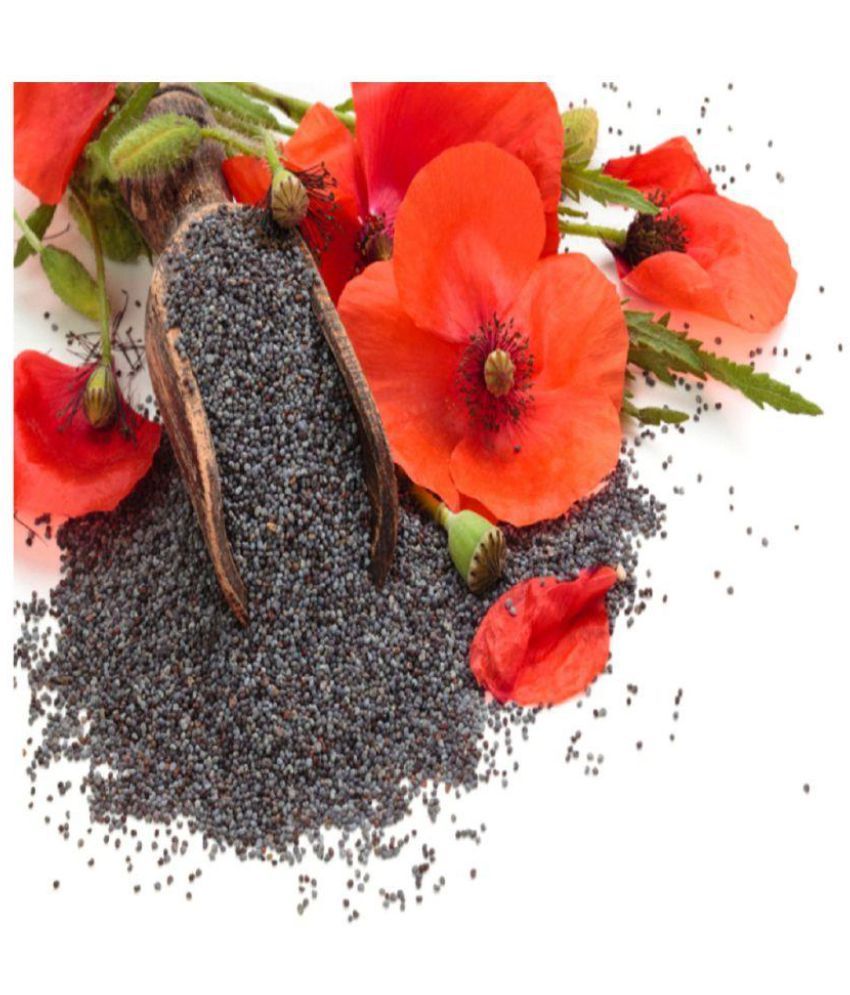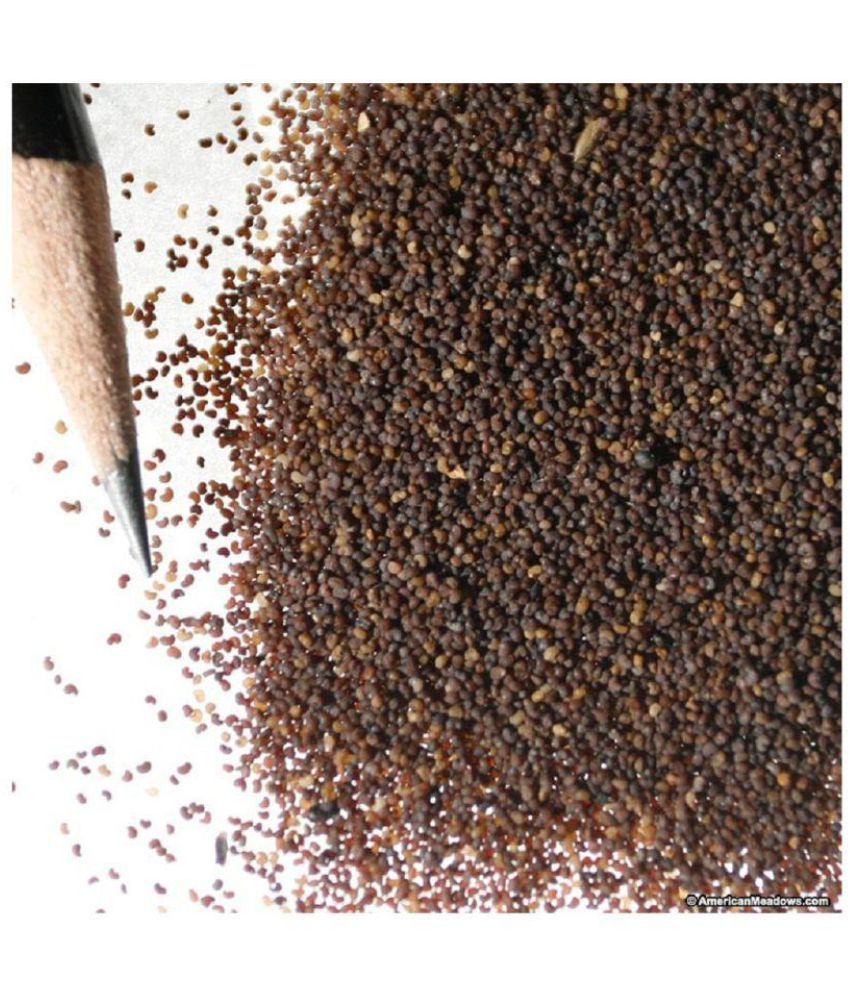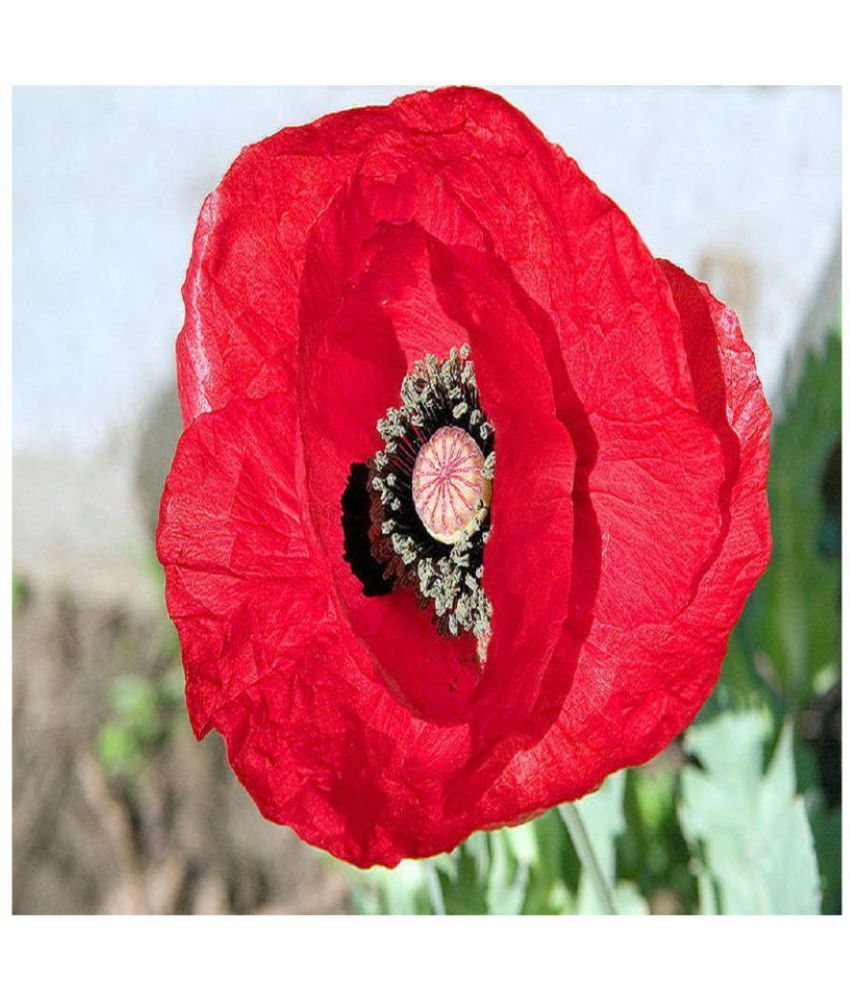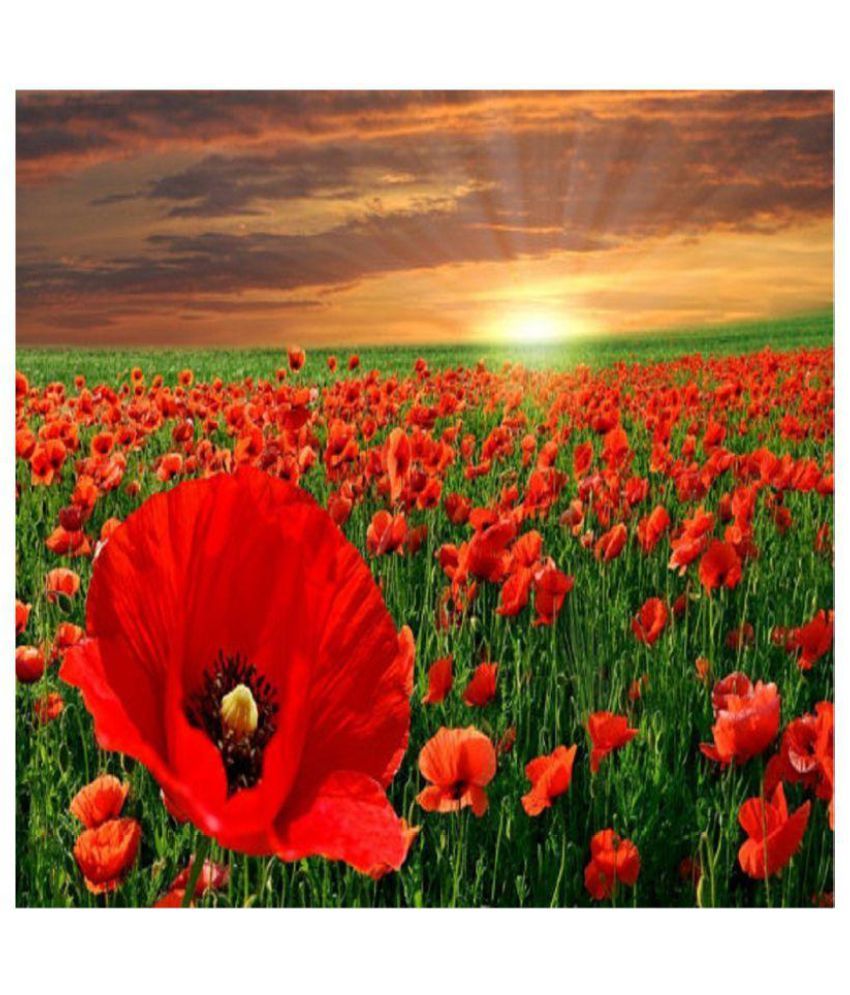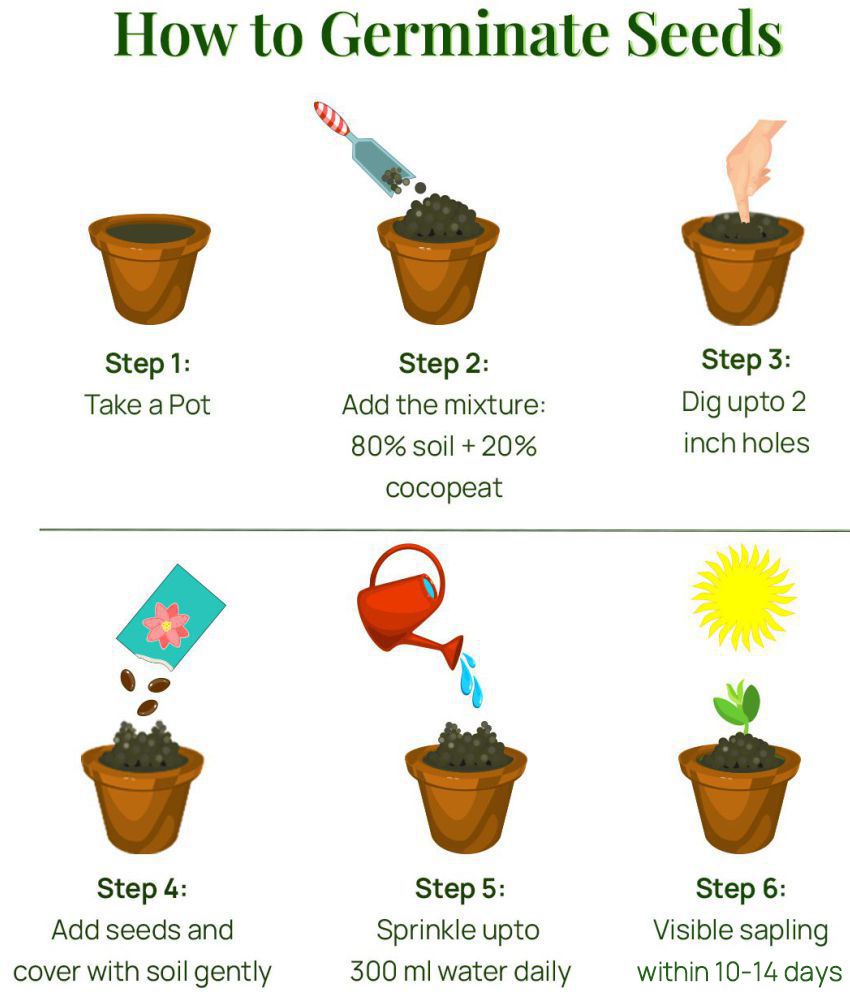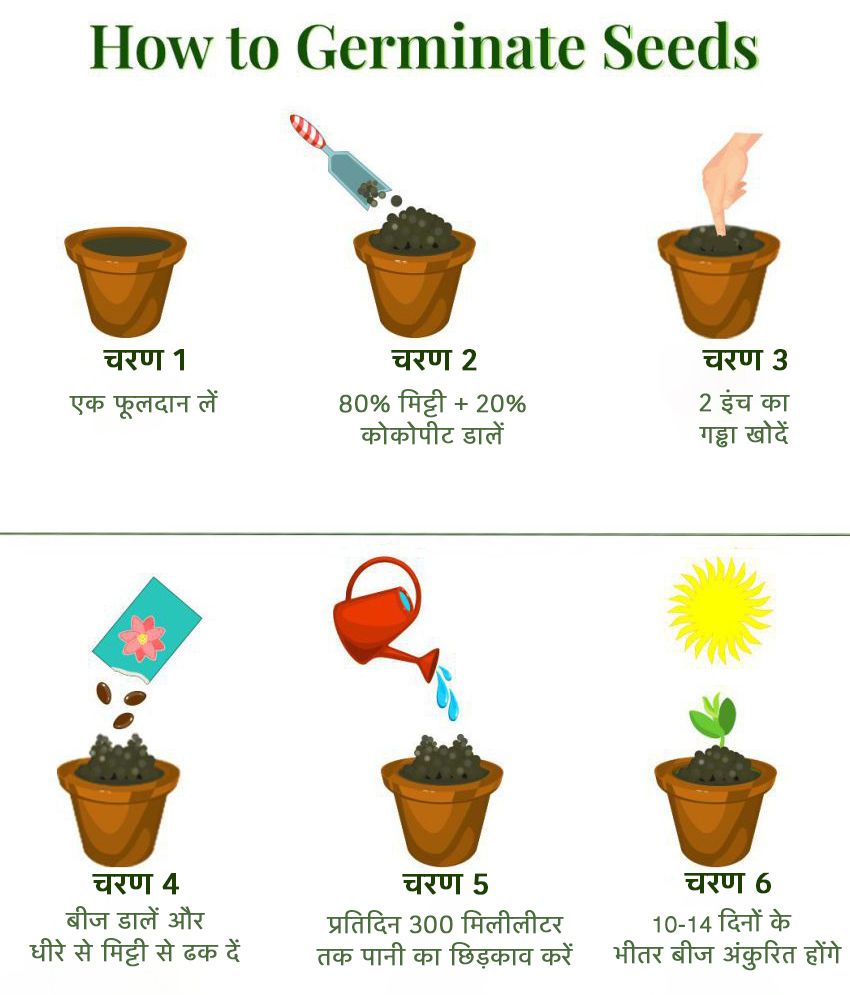Sun Requirements full sun Bloom Period and Seasonal Color Summer and periodically again to fall in colors such as red, orange, white, yellow, purple, and pink. Mature Height x Spread 8 inches to 3 feet inches x 1 foot Added Benefits attracts beneficials, drought tolerant, edible, deer resistant Poppies are like splashes of delight across a meadow, garden or field. There are many different types that can be started from seed, and they self-sow readily. The California poppy is low growing form producing a wave of golden, white or red colored flowers. Icelandic and Shirley poppies stand up to 2 feet tall and come in a broader array of colors from white to red. Bread seed poppies can grow even taller still, and have single or double flowers in different shades of pink and purple. The seeds can be used in baking. Unlike other annuals, poppies won’t flower continuously throughout the summer, but will re-bloom several times depending on the variety. Oriental poppies are considered in the perennial section of this book. Where, When and How to Plant Sprinkle poppy seeds in spring on garden beds as soon as the ground can be worked. Poppies have a taproot and don’t transplant well. Plant in full sun on well-drained soil. Growing Tips Keep the garden bed well watered to stimulate germination. Once established, poppies are drought tolerant. As long as the soil has moderate fertility, poppies don’t need extra fertilization. Regional Advice and Care Once the first flush of flowers fade in early summer, remove the seedpods to encourage more blooming. You can leave the seed pods of some poppies, such as the bread seed types, on the plant because they’re very attractive are their own. You also can collect the seedpods and seeds of bread seed poppies for baking. To encourage self-sowing leave all the seedpods on the plants after flowering in late summer or fall. In spring, weed out the self sown, poppy seedlings as they tend to sow too thickly. Thin self sown plants to 6 to 10 inches apart as crowded poppy plants will be small and won’t flower as well. Control slugs on young plants with organic baits, traps and sprays. Companion Planting and Design Poppies look best mixed with other wildflowers such as daisies and bachelor’s buttons in an informal bed or meadow. Any self-sown flowers will vary in flower color from the original parents, so it will be hard to keep a specific color in your garden unless you reseed fresh each spring. Mix larger poppies, such as the bread seed type, in amongst flowering perennials or tall annuals to provide extra color. Cut the dried seedpods of this type of poppy for use in flower arranging. Try These Look for mixes of the different types of poppies to get a broad range of colors. ‘Thai Silk’ California poppy features semi-double flowers while ‘Red Chief’ California poppy has bright red and orange colored blooms. ‘Champagne Bubbles’ and a dwarf Icelandic poppy. ‘French Flounce’ bread seed poppy has giant, fluffy, ruffled double flowers in a mix of colors. ‘Hungarian’ bread seed poppy is known for its pink, pastel flowers and black seed used in baking. Excerpted from my book, New England Getting Started Garden Guide. Podcast Transcript I recently returned from leading a VPR Tour of the Gardens and Food of Italy and was amazed at the wild poppies in full bloom. They were everywhere. In wine yards, olive orchards, vegetable gardens and along the highways. It made me appreciate the toughness of the poppy flower. They’re a great annual or biennial flower with bursts of color. Here’s a run down of some types to grow.
